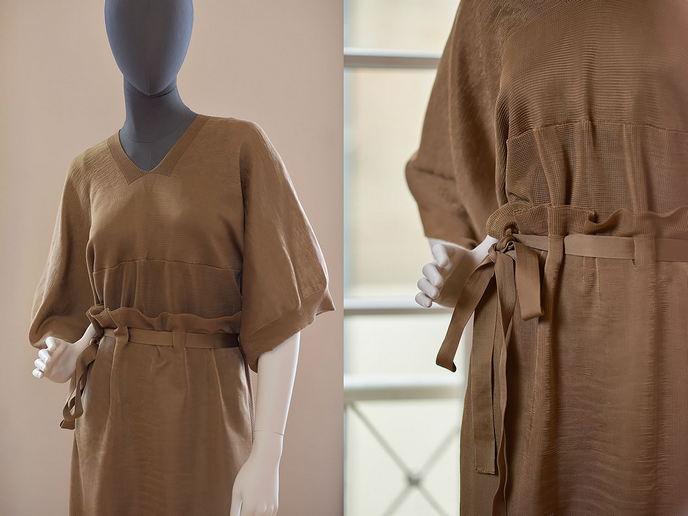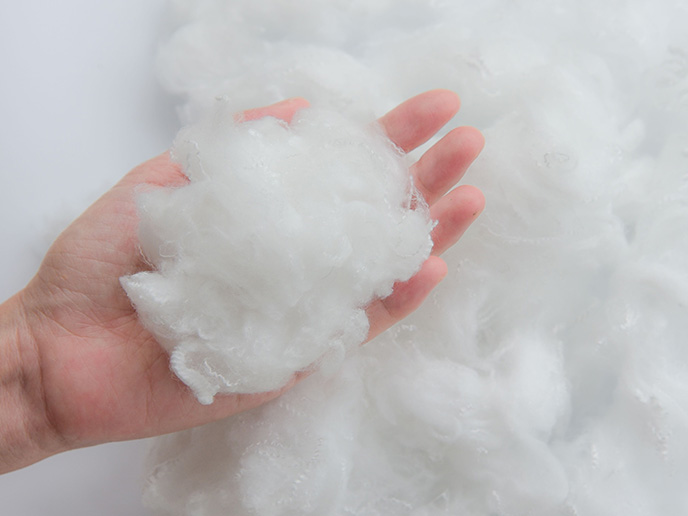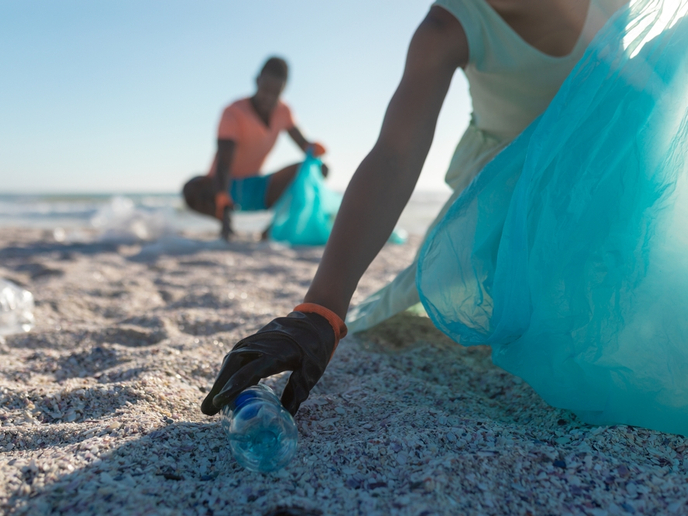Closing the loop with bio-based garments
In general, textile industries create pollution and over-consume resources. Clothing produced from cotton uses a huge amount of water in cultivation, and polyester clothing is a petroleum-based product. Additionally, most clothing is produced in countries offering low-cost production, often under poor working conditions and far from the brands that order them. To reduce the environmental impact of clothing manufacturing, sustainable solutions that prioritise circularity are needed. The EU-funded HEREWEAR project has a vision for creating bio-based clothing within regional networks.
Emerging technologies
The project targeted cotton and polyester fibres for replacement with bio-based solutions because these materials are widely used and negatively affect the environment. To produce man-made cellulosic (MMC) fibre that can be used instead of cotton, HEREWEAR focused on valorising three waste streams: seaweed, manure and straw. Whereas cotton is a mechanically spun fibre, HighPerCell® – the MMC produced by the project – makes fibres through chemical transformation. A biorefinery process produces a cellulose pulp which then undergoes ionic liquid-based wet spinning to create high quality filaments. The solvents used in production as well as the filaments themselves are reusable and recyclable. To replace polyester, HEREWEAR used polylactic acid (PLA) as a base material, adding other biopolymers to increase comfort. The resulting product has a similar profile to its oil-based counterpart. Polyester clothing is a major source of microplastics in the environment, and PLA blends with other bio-based materials that have the potential to reduce this environmental impact. In addition to making new eco-friendly fabrics, the project developed aftertreatment processes as well. HEREWEAR developed bio-based alternatives for coating, printing and dyeing, including polylactic acid- based printing. HEREWEAR achieved its goal of producing corporate and streetwear clothing from bio-based fibres. Regarding the final products, project coordinator Lien Van der Schueren says: “HEREWEAR’s bio-based textiles show promising features such as soft and shiny materials that can be easily recycled.”
Regional networks
The project consortium includes several research organisations as well as small and medium-sized enterprises (SMEs). Experts in the fields of polymer chemistry, biorefinery, the textile value chain, fashion design and environmental science all contributed to the production of bio-based garments for the EU market. The HEREWEAR team models the network of local partners the project envisions for successful implementation of a circular, bio-based clothing industry. As Van der Schueren notes: “Making the textile industry more circular and bio-based goes hand in hand with working at a more regional scale. To make this possible, we need to gather local actors active along the value chain, working at a smaller scale but via networked microfactories.” Keeping the value chain local reduces transportation costs – both financial and environmental. It also increases transparency and gives the consumer greater confidence in the sustainability of the product. Data-driven labelling designed by HEREWEAR confirms the authenticity of the bio-based garment. An encouraging aspect of the project is that all processing of bio-based materials was done with equipment similar to what is used for producing conventional textiles. This fact will enable rapid market uptake of the project’s achievements. By offering both design and materials for recyclable and reusable bio-based garments and building a community of environmentally concerned SMEs, HEREWEAR proposes multiple solutions to sustainability problems in the textile industry.
Keywords
HEREWEAR, bio-based, biopolymers, emerging technologies, regional production networks, circular economy, cellulose fibres







